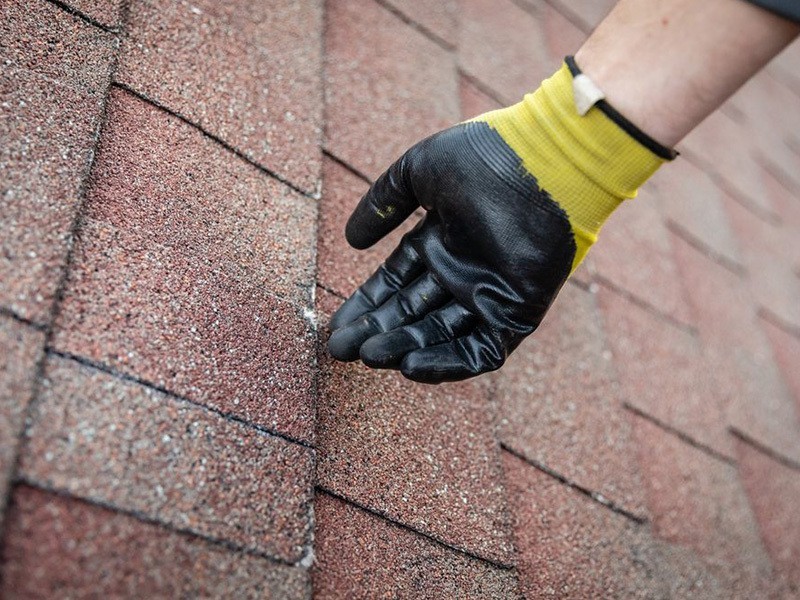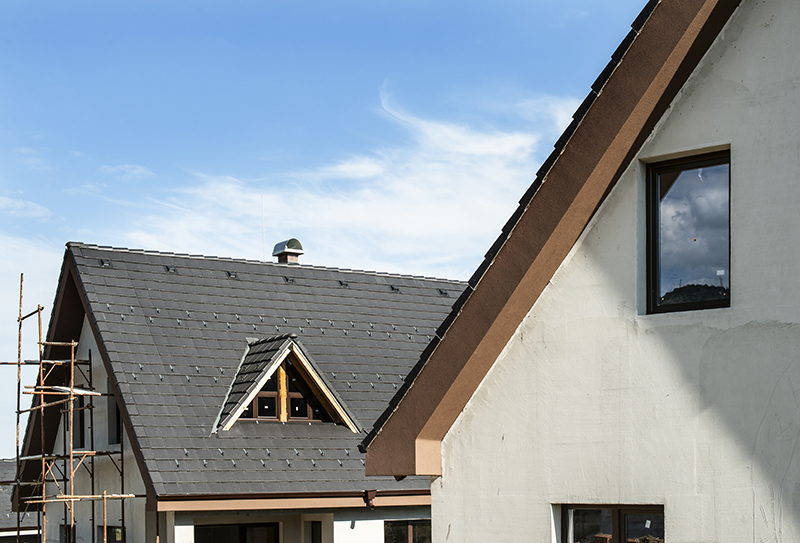For many home owners the idea of a broken roof is among the worse things to go wrong. Not only is the cost of a serious repair not something anyone wants to contend with, but the resulting damage that can be caused to other parts of your home can be devastating too and leave it inhospitable.
Checking your roof a few times a year is vital, and especially as the season’s change. While getting up on a ladder can seem daunting it is the ideal way to identify problems early in the process.
We’ve compiled the biggest warning signs to look out for and just how devastating they damage. If you do notice any of them then getting a professional in to fix things is essential, and if you’re based in Wales then a roofer in Cardiff may be the answer to your problems.
Moss & Mould Growth
While you may think that it’s only natural for a roof to have moss all over the roof tiles, this couldn’t be farther than the truth. It is inevitable that your roof will grow mould and moss, however managing this properly is absolutely key. As it grows it can wedge itself in between tiles and force them apart, from there water damage can cause lasting damage.

When you check your roof you should look for clusters or large growths of moss. If this is present then acting early is key to ensure that the total damage cost is minimised. Providing the tiles haven’t been forced apart simply removing the growth, or adding killer to it, is the best solution to ensuring the problem doesn’t return with a vengeance.
Falling Mortar
If you find chunks of mortar (or cement, as many people will call it) then that can be the dings of serious issues with your roof. Your roof junctions and verges require strong, fresh mortar to ensure that damage doesn’t occur to the deeper parts of your roofline. As with many aspects of your roof, changes in the weather can cause degradation that needs to urgent.
Ridges and verges are highly susceptible to cracking, not only due to the cold weather but also strong winds. Falling mortars are often a sign that immediate roof repairs are required, so booking a professional to rectify this is crucial.
Sagging
If you can get above your roof, either from a hill or from another home. Your roofline should be dead straight. Any sagging in the middle will mean serious structural damage that needs to be addressed immediately.

Causes of roof sagging are often related to moisture, and the resulting exposure causing damage to the roofing materials. Often improper installation of the original materials can cause issues with sagging as well, so this is a key consideration for all homeowners.
Debris in Your Gutters
When we recommend checking your gutters for debris we don’t mean clearing dead leaves and moss (although this is important!). What is important is checking your gutters for any signs of debris from your roof. This could include any pieces of asphalt shingles or granules of cement.
If pieces are present then it’s certainly worth investigating further. Any atmospheric changes, exposure to persistent rains or just age of your roof can all contribute to a further issue. Often the protective coatings on your tiles, or the cement that binds elements, can be the source of excess debris.
Noticing and flagging such damage to a professional roofer is essential, this will help avoid the costs snowballing and increasing.






